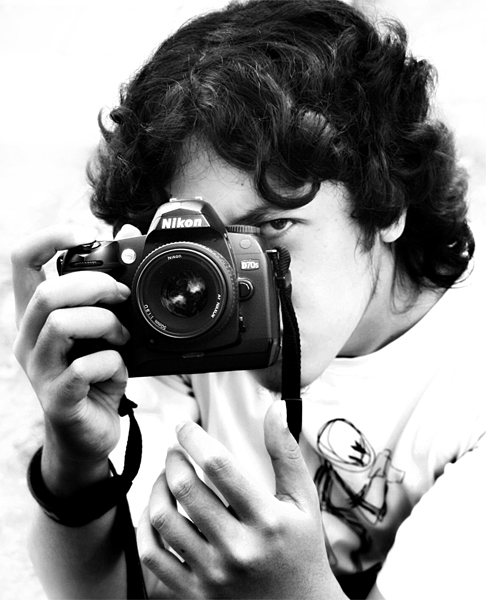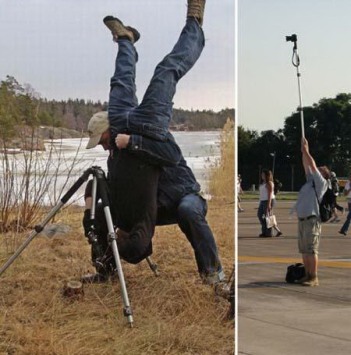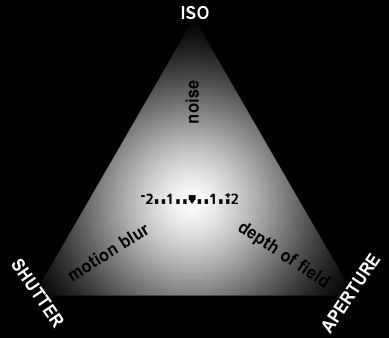
Anyone can point a camera and click, but it takes a certain eye to be able to take those same pictures and turn them into masterpieces that can win contests.The winning photographs you see posted on the site feature a strong combination of the assets we seek in an image. These include: thoughtful attention to lighting, eye-catching color; balanced composition; sharpness; correct exposure; and a host of other elements. An explanation of our judging criteria – used as a guideline during the voting process – follows. This article reveals some tips that can help anyone take some great pictures and win photo contests.
1. Understand the Photo Contest Rules
It’s really vital that as a first step, you understand the terms and conditions of the photo contest you are entering. There have been many competitions where amazing photographs are disqualified because they haven’t followed simple rules of entry. Be sure to check instructions on file format, file size, subject or theme, entry close, entry fees, mounting instructions for submitting prints, maximum entries allowed and any other special instructions. Another important consideration is copyright transfer. Some competitions state ownership of copyright once your photograph has been entered, of course this is not something most photographers would be comfortable with, so it definitely pays to check all the fine print.
2. Creative Interpretation of Themes
Often a photography contest will be based around a specific theme. For the amateur photographer it’s great to keep an eye out for local area photo contests. Competing locally often means there’s plenty of time to capture that perfect shot without having to travel from home. It also means that professional photographers are less likely to enter, especially in photography competitions that are run by newspapers and local companies. No matter what the theme, whether it be a single descriptive word such as “love”, “smiles”, “family” or a complete brief on exactly the type of photo required, be sure to think outside the square. Think about the theme and then think about different aspects of the topic. Love could include a number of interpretations, often children and family, so think about including animals, a heart drawn in the sand at sunset, or a heartbreak scene. A small warning, while it’s important to creatively interpret photo contest themes, be sure to stick to the theme, something too way out with no artistic reference to what the judges would expect could lose the competition even if it is the best photo of the day.
3. Technical Excellence
Before you enter a photo contest be sure that the photograph you are submitting is one of technical excellence. Shots that are out of focus, blurred, taken in low light, over exposed or under exposed, have lens flare or any other number of issues should not really be submitted as a photography contest entry.
There are however exceptions to the rule, and there have been many out of focus photos that have won contests, the trick is knowing how and when to break the rules to create an artistic and classic photo.
4. Keep it simple
When submitting a photo to a photography competition, it’s tempting to select a photo you’re particularly proud of, or one that shows off a vast amount of different things at once. That’s not necessarily the best strategy. Remember that what you’re trying to do is to
a) Stand out from the masses of other photos and
So, you’ve worked hard, and everything seems to be coming together. You’re on topic, you’ve carefully chosen which rules to break, your photo isn’t over the top, you’ve got a story to tell, and your technical skills are as sharp as they come. What could possibly go wrong?
The final thing you need to keep in mind is that you’re up against hundreds of other photographs. If you submit a photo that is similar to what other photographers have done, you both lose impact, and will probably both not win the competition. The key is originality.
And yet, even if your photo ticks all the boxes and is refreshingly original, you may find yourself struggling without a bit of X-factor: That special, invisible ingredient which will transform your photographs from very, very good to ‘Wow, this is simply amazing’.
b) Tell a story
All great photos tell a story, what’s important is that people who view your photo, especially the judges, can tell what that story is. Take a look at your photo and look constructively. If you weren’t the one taking the picture would you be able to tell what it was about or what the photographer was trying to achieve? Even better, get some friends and family to take a look, and ask them to tell you what story they see within your photo. If an entire photo essay is required for the contest, be sure that the photos are well linked but still different enough to add depth and interest to your chosen theme. Your photo essay does not have to capture the same object or subject in each shot but using techniques such as creative product placement or location you can carry the story throughout.
5. Don’t Distract the Viewer
If you have read this far, you deserve a reward. Here are two things most people don’t know:
The judges have generally learned to dislike borders. Borders are all too often placed around mediocre photos in an attempt to “dress them up”. If you are considering a border, do what the judges do: examine the photo itself, critically and exclusively. Hold up your hands and use your fingers to temporarily hide the borders. If the photo does not stand on its own – without borders, then don’t add a border. 2) We certainly support putting your own copyright symbol on your photos. However, if you are going to do this, try to keep the signature and copyright symbol from becoming too distracting. One trick is to color your font so that it works harmoniously with the other colors in your photo. Help your viewer keep his eye on your main subject.
6. Study the Winners and Keep Your Chin Up
If you are still uncertain about what makes a winning contest photo, carefully review the winners again and again. Ask yourself, why was this photo selected? What are the top qualities about it?
Remember that you have a lot going for you at the BetterPhoto contest. Our judges are dedicated to three things:
– Judging images exclusively on quality rather than on the name, skill, or equipment of the photographer.
– Being open to all kinds of excellence, and
– Refraining from photo snobbery.
That means that we do not judge a picture poorly just because some photographers would consider it a “less professional” subject (i.e. your cat, your kid). At the same time, we do not punish good photographers for working hard to becoming great (no handicaps, no separating the pros from the amateurs). We also do not hold it against you if you artistically and skillfully employ digital tools.
7. Patience is important.
It may take a while for you to enter and win an amateur photo contest but keep working at it and it will pay off.
8. The final tip…Have Fun and develop your own style
There are a lot of fantastic photos out there, and a myriad of tutorials for how you can recreate them, but that’s only half the story: you have to take something and make it your own. Think of it as cooking a new dish: Do you follow the recipe perfectly, or are you confident enough in the kitchen to use it as a base, and remove some things, and add others? If you’re doing the latter, then you’re probably doing the right thing…
















